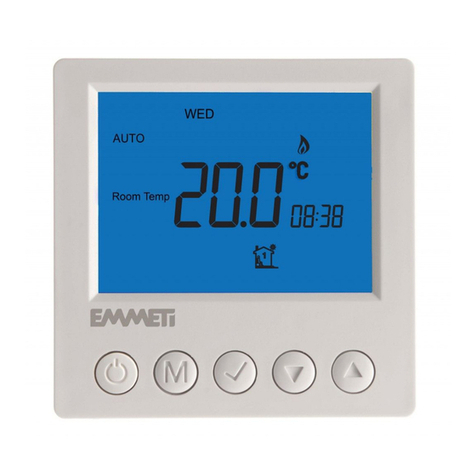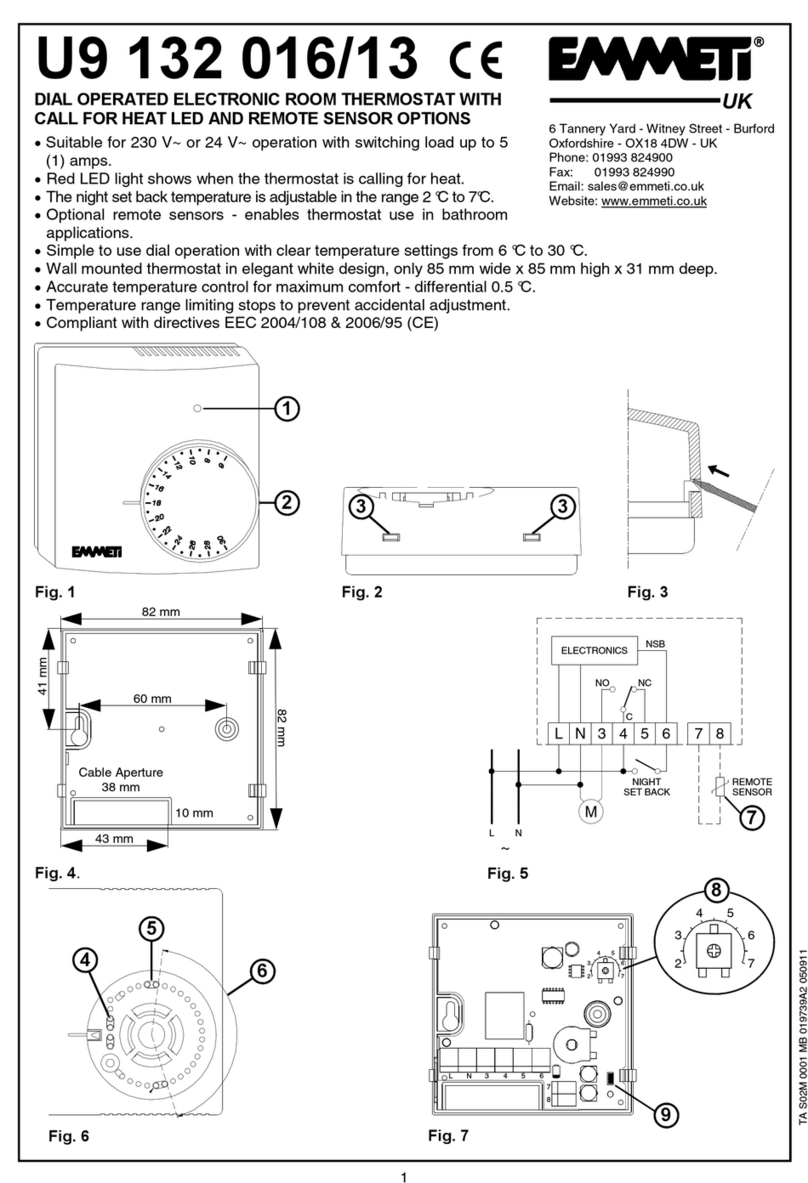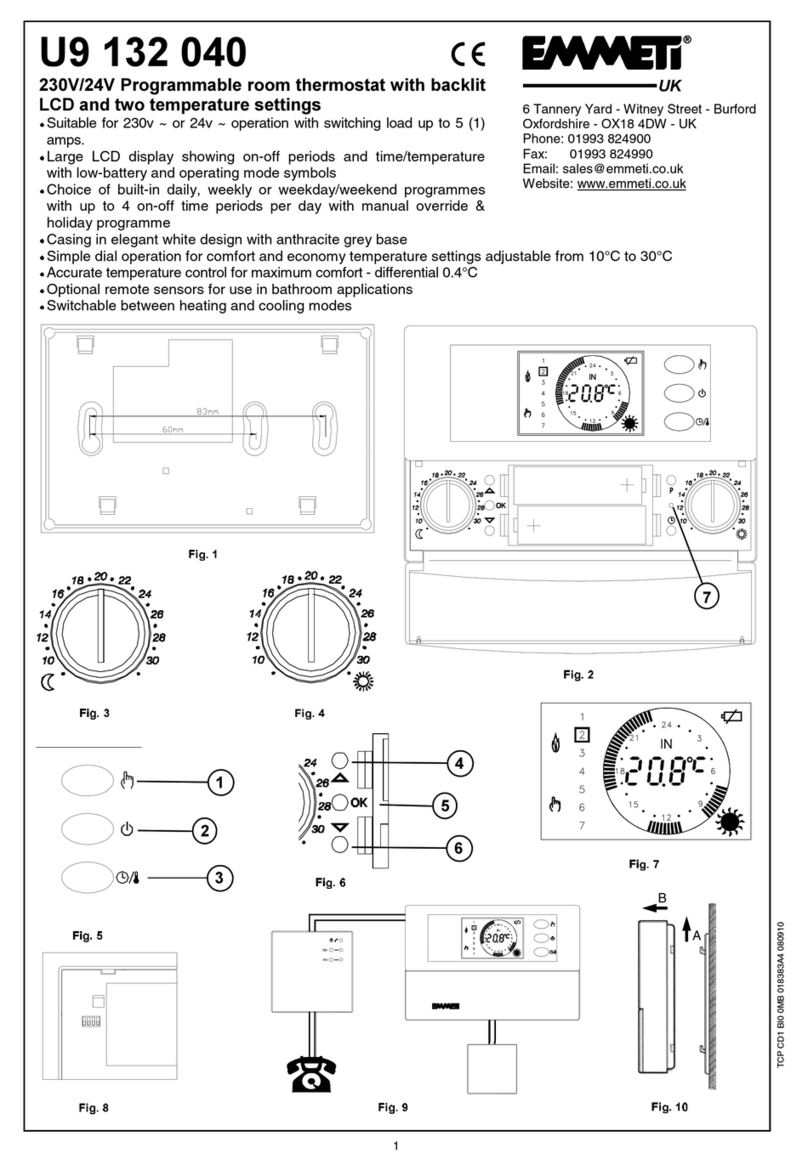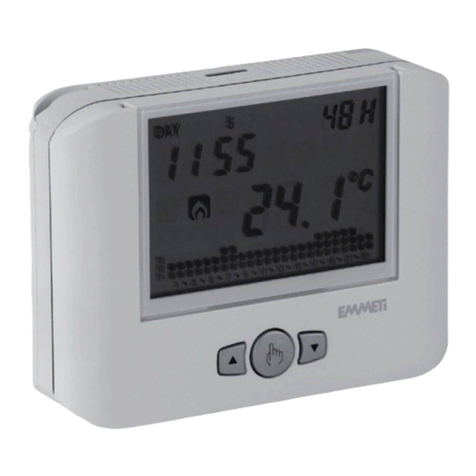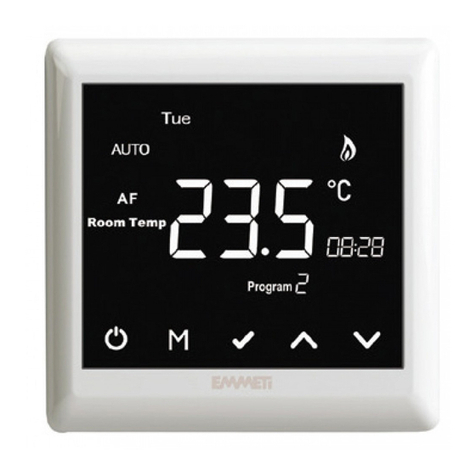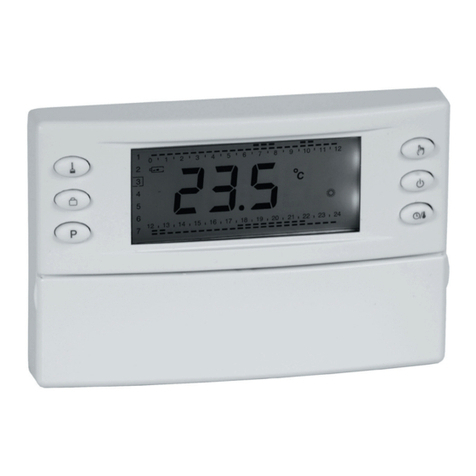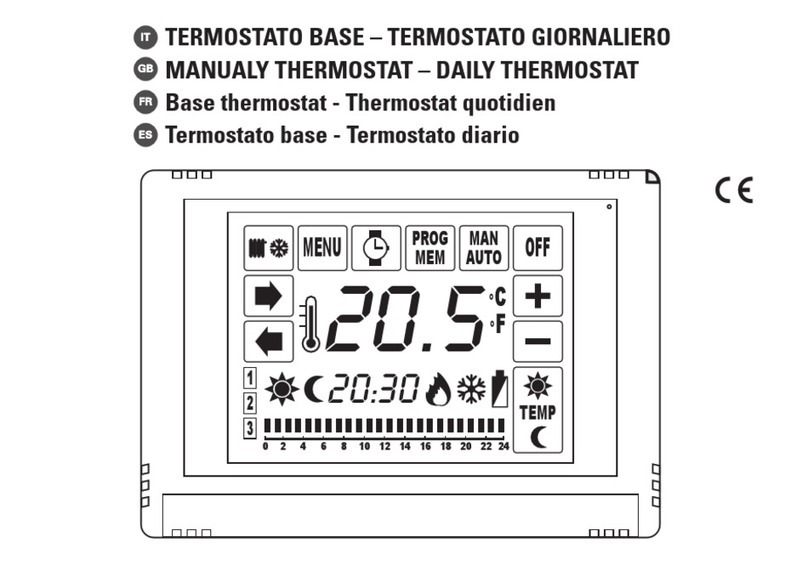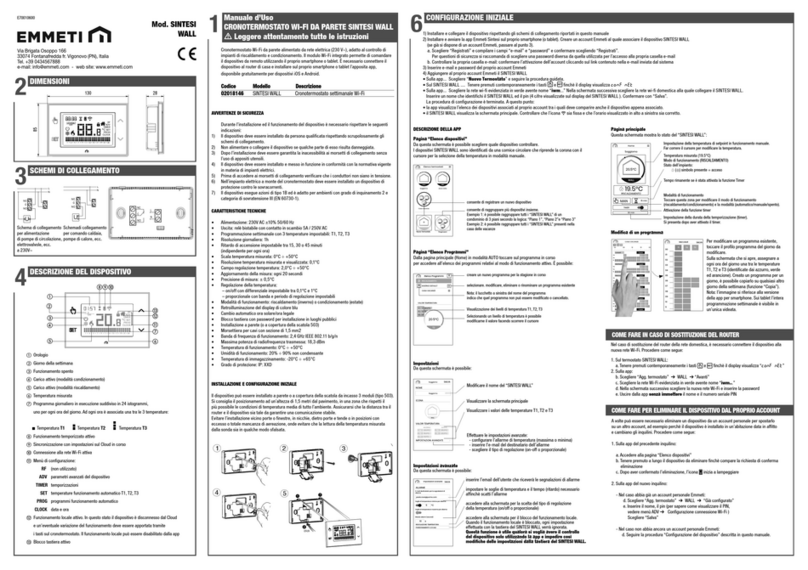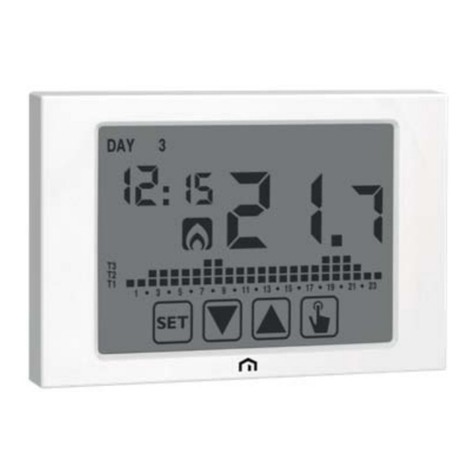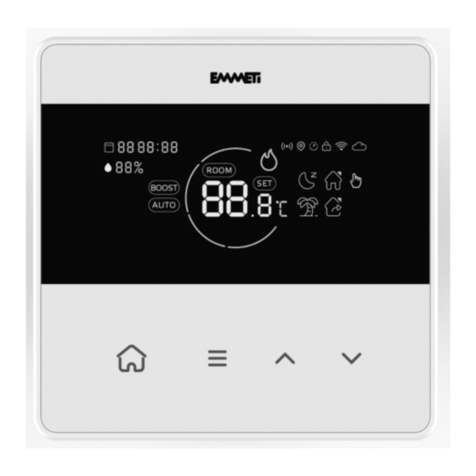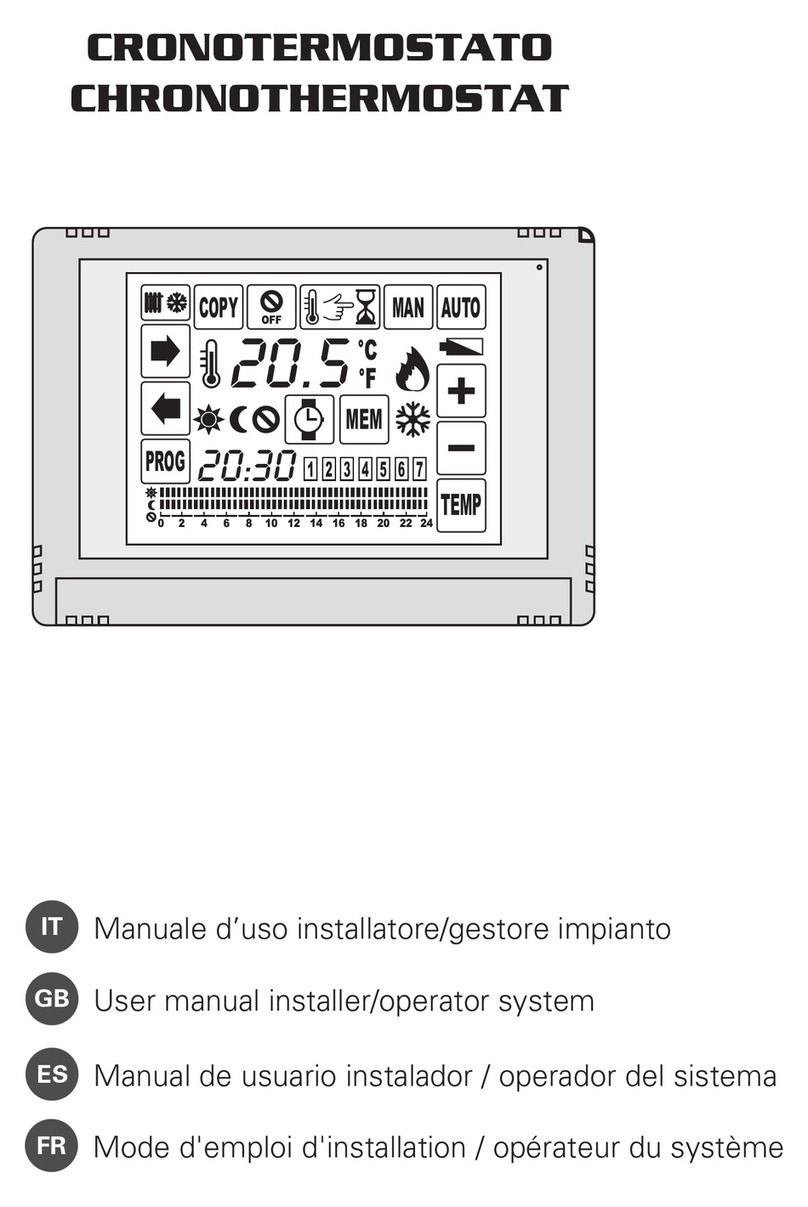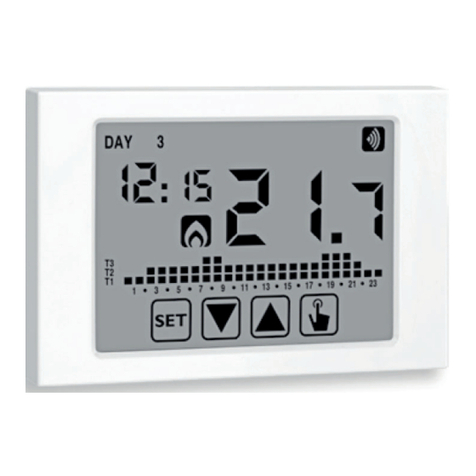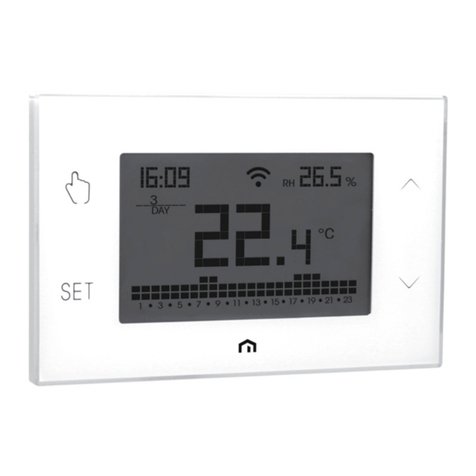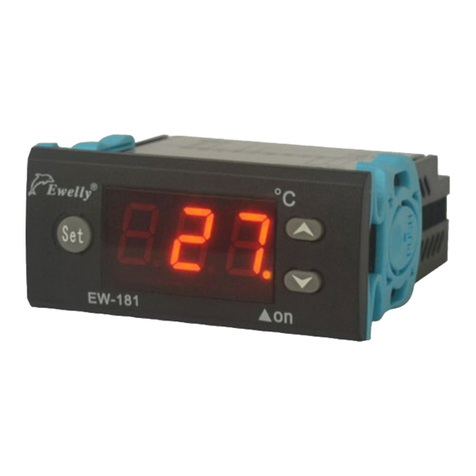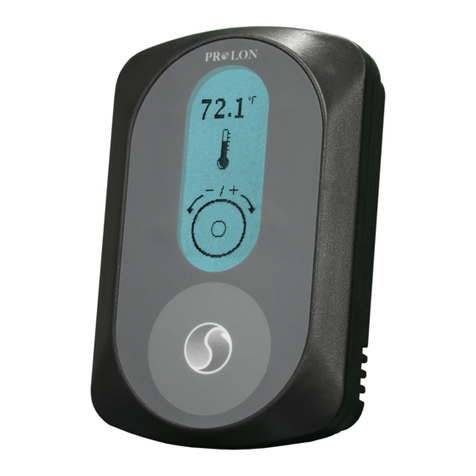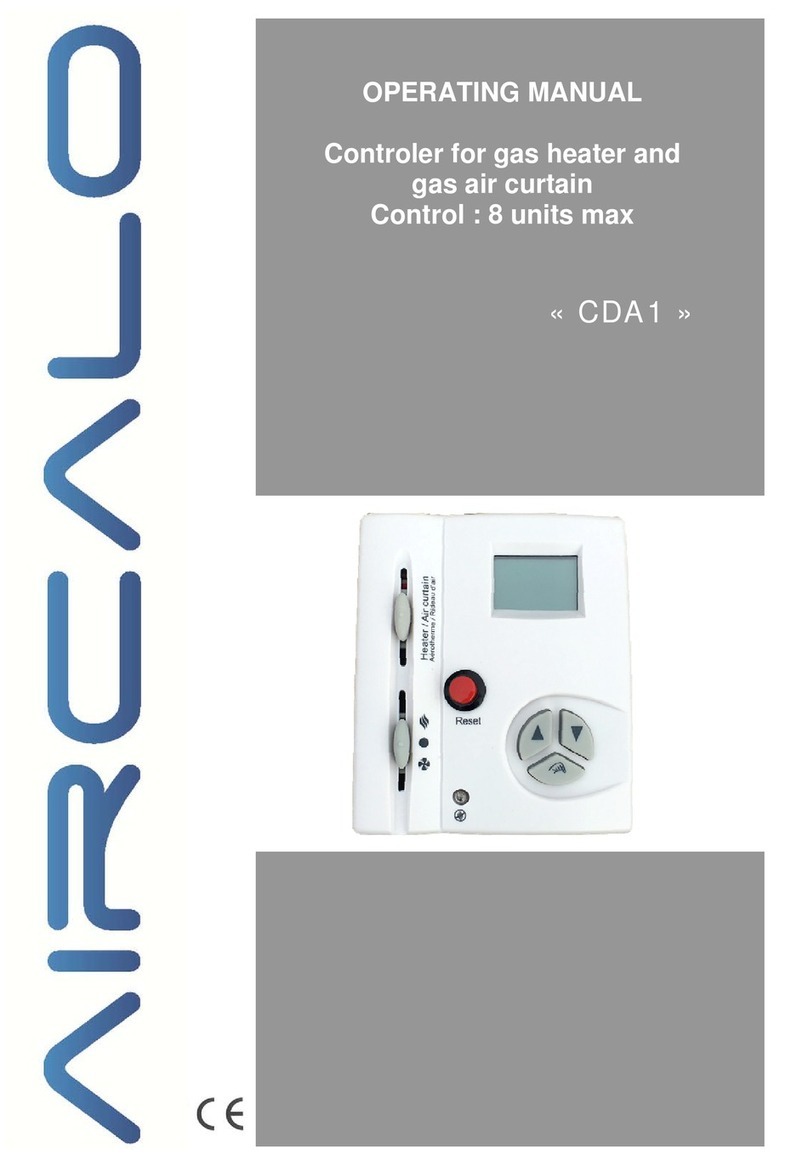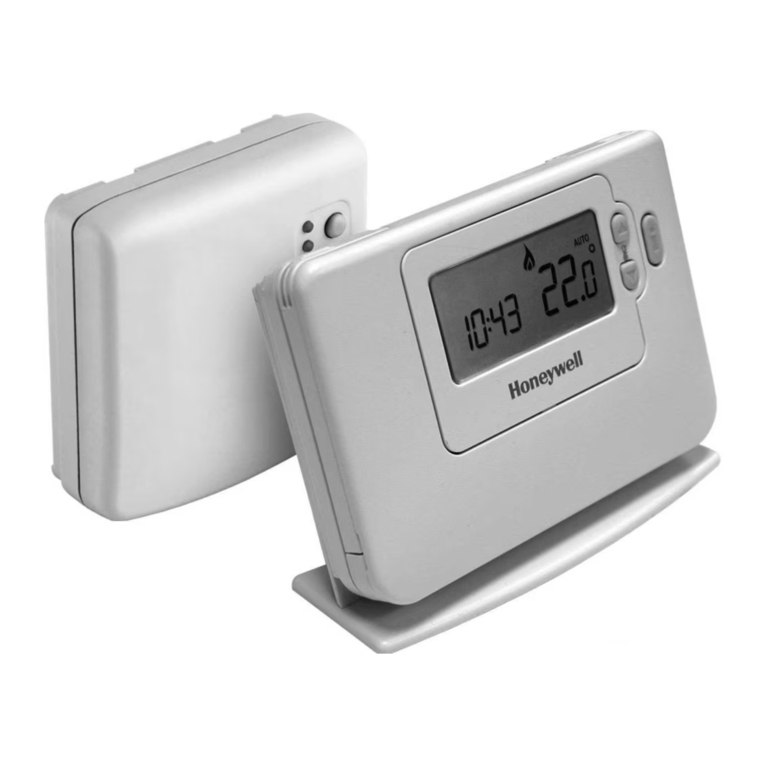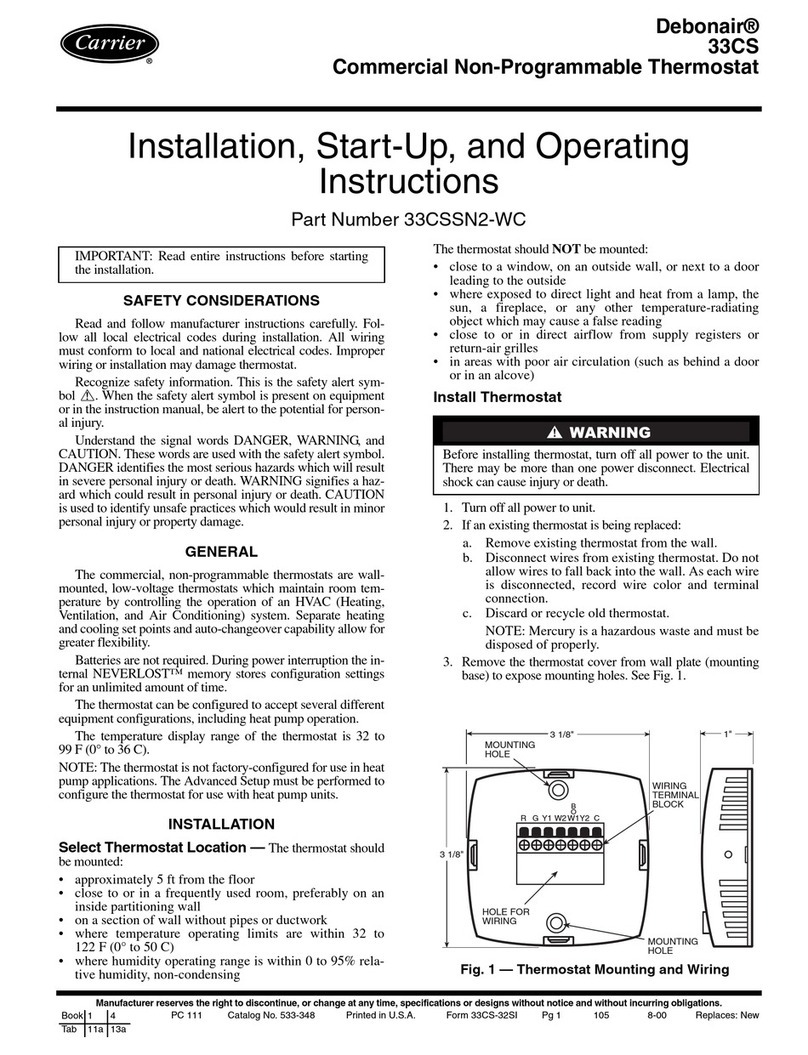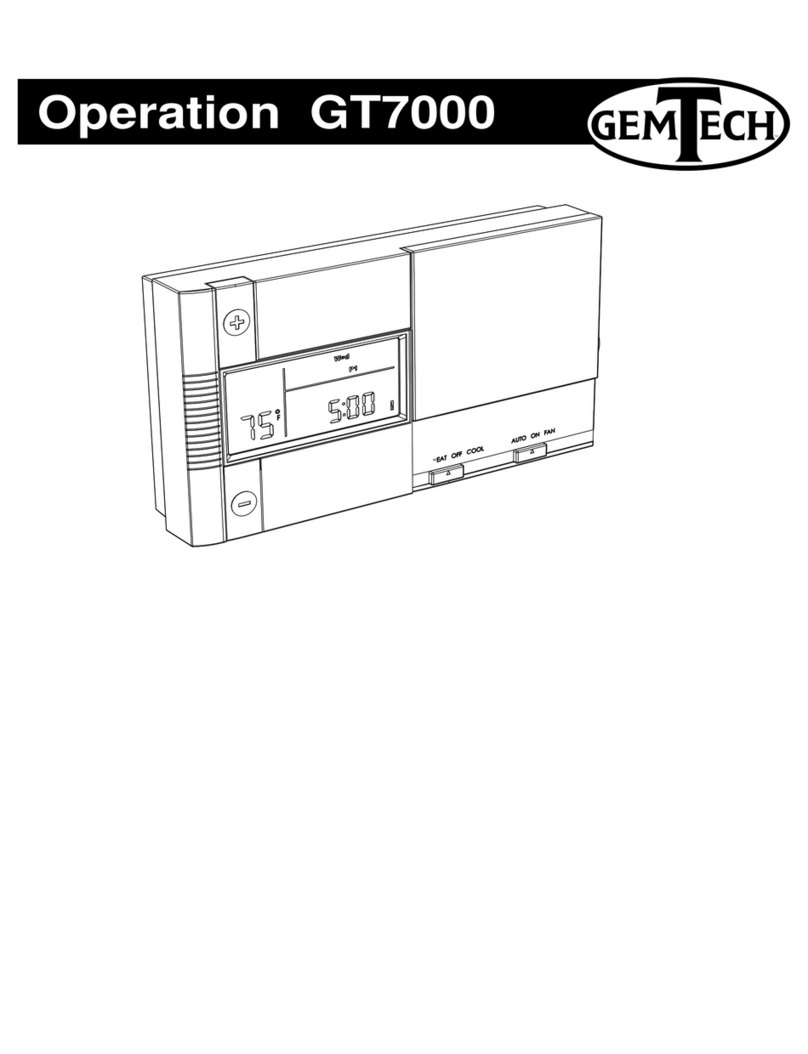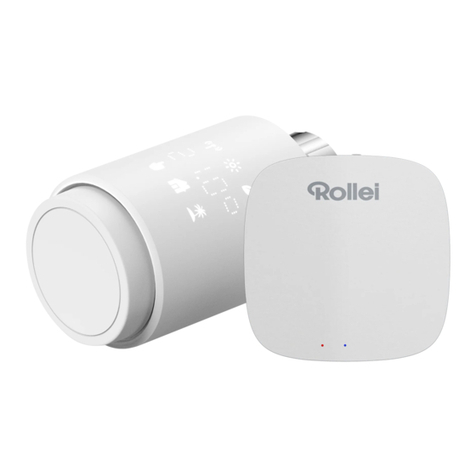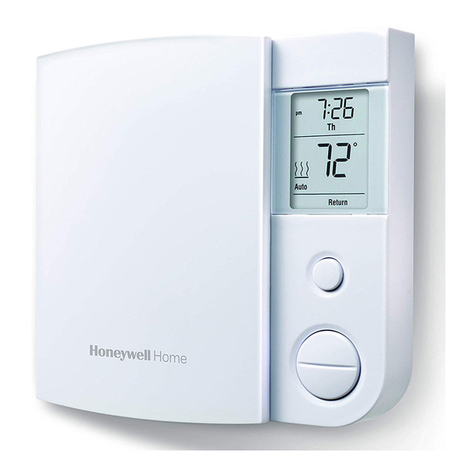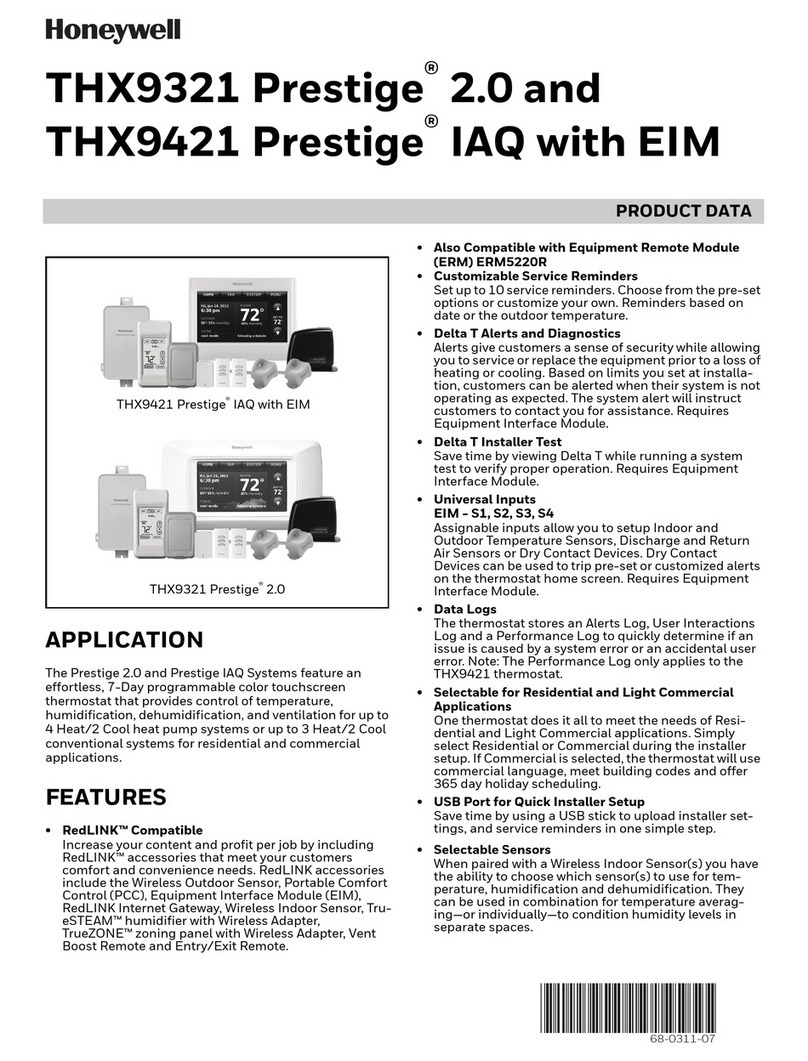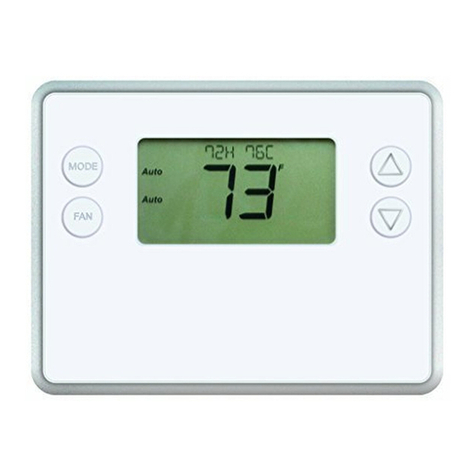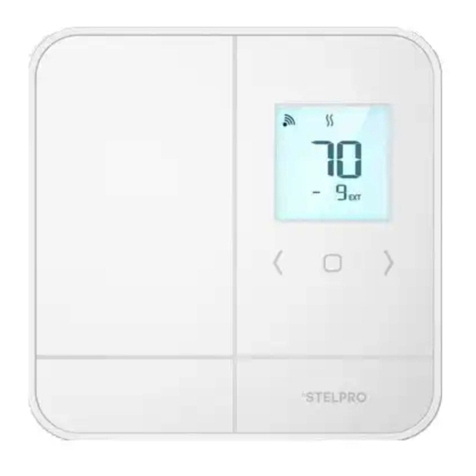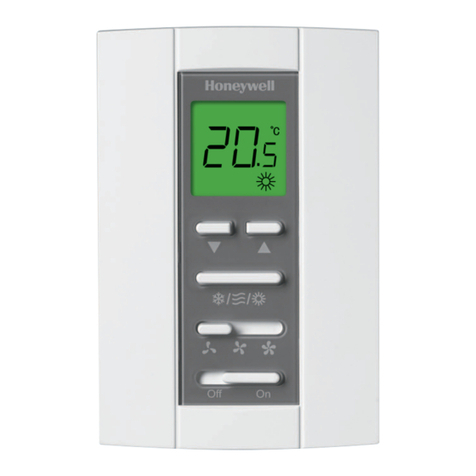
IT
10
Istruzioni uso e installazione
termostato ambiente meccanico
Il termostato ambiente è particolarmente adatto alla regola-
zione automatica della temperatura di ambienti quali case,
scuole, sale, officine, oltre a varie applicazioni nei settori
del riscaldamento civile, industriale e del condizionamento.
L’apertura o la chiusura del contatto avviene per mezzo della
rilevazione della temperatura ambiente di un polmoncino ad
espansione di vapore saturo.
L’impostazione della temperatura ambiente desiderata si
ottiene attraverso una manopola di regolazione facilmente
manovrabile.
In caso di prolungata innatività dell’impianto di riscaldamento
in inverno, affinchè non si ghiaccino le tubazioni, il termostato
ambiente può garantire una protezione antigelo.
È sufficiente agire sulla manopola di regolazione del termosta-
to ambiente e far coincidere (+ 5 °C / + 41 °F) all’indice di
riferimento per attivare la funzione.
Il termostato ambiente è disponibile in cinque modelli:
• modello a tre contatti senza spia.
• modello a tre contatti con spia.
• modello a due contatti con spia e commutatore inverno/off/
estate.
